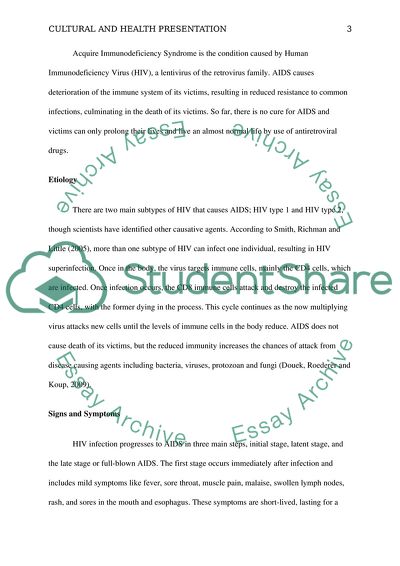Cite this document
(Components of the Black Populations in America Term Paper, n.d.)
Components of the Black Populations in America Term Paper. Retrieved from https://studentshare.org/sociology/1587776-cultural-and-health-presentationpaper
Components of the Black Populations in America Term Paper. Retrieved from https://studentshare.org/sociology/1587776-cultural-and-health-presentationpaper
(Components of the Black Populations in America Term Paper)
Components of the Black Populations in America Term Paper. https://studentshare.org/sociology/1587776-cultural-and-health-presentationpaper.
Components of the Black Populations in America Term Paper. https://studentshare.org/sociology/1587776-cultural-and-health-presentationpaper.
“Components of the Black Populations in America Term Paper”. https://studentshare.org/sociology/1587776-cultural-and-health-presentationpaper.


